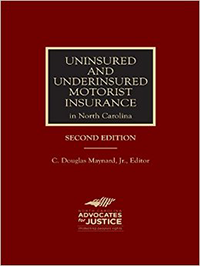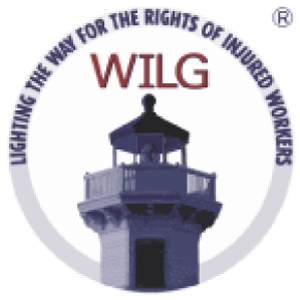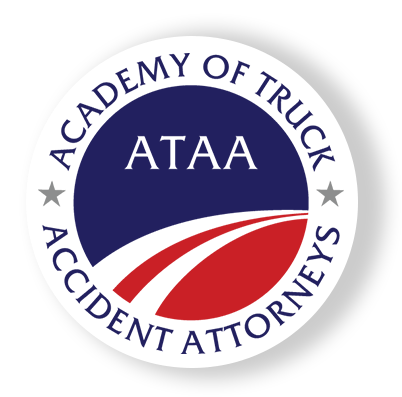The North Carolina Department of Transportation records show that Forsyth County had the eighth most number of pedestrian crashes of all counties in the state between 2008 and 2012. Winston-Salem had the same ranking among the cities for the same five-year period. Pedestrian accidents can result in extremely serious injuries or even death. The Centers for Disease Control and Prevention indicate that a pedestrian's chances of dying when hit by a car are one and a half times greater than that of a person in a vehicle.
How serious is the problem in Forsyth County?
The Department of Transportation reported from 2008 to 2012 that 838 pedestrians died and another 892 were disabled following accidents in North Carolina. More than 10,000 others sustained less serious injuries.
The detailed report from the National Highway Traffic Safety Administration shows that Forsyth County had the fifth highest number of pedestrian deaths in 2012. Specifics include:
- Of 197 pedestrian deaths, seven happened in Forsyth County.
- Motor vehicle collisions killed 10 pedestrians in Wake County, 13 pedestrians in Guilford County and 15 pedestrians in Cumberland County.
- Mecklenburg County had the most pedestrian fatalities with 24 people losing their lives in such accidents.
- In Forsyth County, 20 percent of all motor vehicle deaths involved pedestrians.
Statewide, pedestrian deaths comprised just over 15 percent of all automobile-related fatalities for the year.
The local Fox affiliate in Winston-Salem reported a recent accident in which a 30-year old pedestrian suffered serious injuries when hit by a motorist. An investigation continues in this situation.
How serious is the problem nationally?
From minor injury to wrongful death, the range of consequences from pedestrian accidents is great. The CDC reports that there is at least one pedestrian death every other hour in the United States. People over 65 or between the ages of five and 10 may have a higher risk of being pedestrian accident victims.
The NHTSA's files show that roughly 16,000 pedestrian accidents happened in 2011. These crashes led to more than 4,400 deaths, 16 percent of which were minors under 15.
What can victims and family members do?
Taking action after a pedestrian accident is a must. Certainly providing medical care is the priority but securing competent and experienced legal help is the crucial next step and should not be delayed. Pedestrians have rights and deserve compensation when they are injured as a result of a driver's inattention, negligence or carelessness. For people who have lost a loved one in a pedestrian accident, the right legal input can help obtain some level of monetary compensation and aid in the grief process. In North Carolina wrongful death claims may include payments for medical bills, lost wages, the decedent's pain and suffering, and funeral expenses. The heirs may also be entitled to money damages for the loss of society, companionship, comfort, guidance, kindly offices and advice of the decedent.
However, important evidence can be lost unless secured almost immediately after a crash. 911 calls are recorded but generally kept for a short period of time. Physical evidence at the scene such as skid and yaw marks, or debris, disappear quickly. Witnesses' memories fade or witnesses disappear. The rampant use of cell phones by drivers including texting, responding to or viewing e-mails, snapchats, Instagrams, and other social media are only going to increase the number of motor vehicle collisions including those with pedestrians. Immediately consulting with an attorney who has experience handling pedestrian claims after such an event is critical to know and preserve one's legal rights and can be instrumental in securing a proper financial recovery.
The information you obtain at this site is not, nor is it intended to be, legal advice. You should consult an attorney for advice regarding your individual situation. We invite you to contact us and welcome your calls, letters and electronic mail. Contacting us does not create an attorney-client relationship. Please do not send any confidential information to us until such time as an attorney-client relationship has been established.








